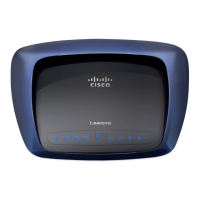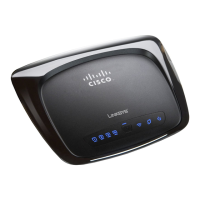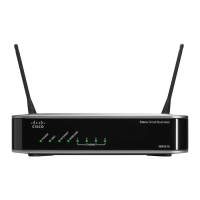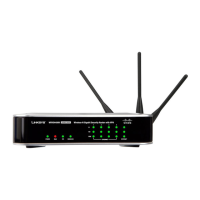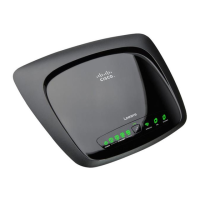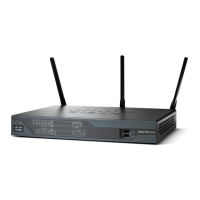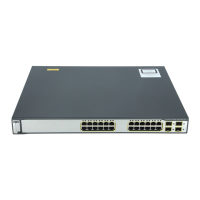CHAPTER
REVIEW DRAFT #1—CISCO CONFIDENTIAL
2-1
Cisco WRP500 Administration Guide
2
Configure Your System for ITSP Interoperability
This chapter provides configuration details to help you to ensure that your infrastructure properly
supports voice services.
• “Configure NAT Mapping,” on page 1
• “Firewalls and SIP,” on page 5
• “Configure SIP Timer Values,” on page 5
Configure NAT Mapping
As discussed in Chapter 1, “Product Overview and Deployment Guidelines,” some form of NAT
mapping is needed to support VoIP. If your ITSP does not support NAT mapping through a Session
Border Controller, and your edge device is not a SIP-ALG router, you can address this issue through one
of the following methods:
• “Configure NAT Mapping with a Static IP Address,” on page 1
• “Configure NAT Mapping with STUN,” on page 2
Configure NAT Mapping with a Static IP Address
This option can be used if the following requirements are met:
• You must have a static external (public) IP address from your ISP.
• The edge device—that is, the router between your local area network and your ISP network—must
have a symmetric NAT mechanism. If the WRP500 is the edge device, this requirement is met. If
another device is used as the edge device, see “Determine Whether the Router Uses Symmetric or
Asymmetric NAT,” on page 4.
• If the WRP500 is connected to an Ethernet switch, the switch must be configured to enable Spanning
Tree Protocol and Port Fast on the port to which the WRP500 is connected.
Note Use NAT mapping only if the ITSP network does not provide a Session Border Controller functionality.
Step 1 Log in as administrator.
Step 2 Under the Vo ice menu, click SIP.

